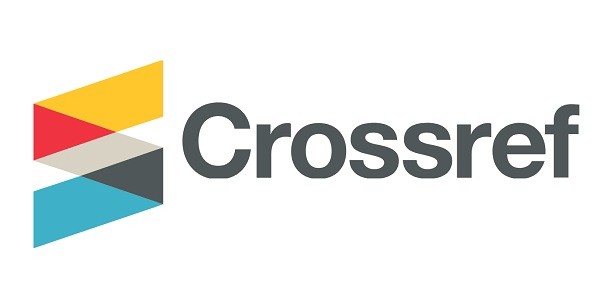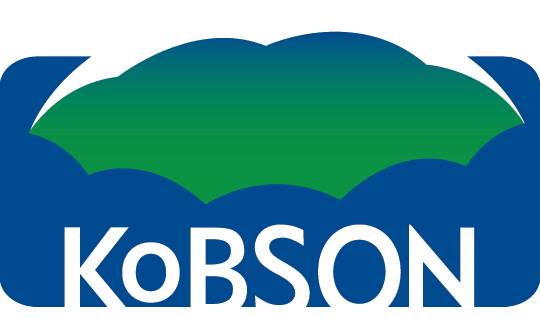DOI: 10.5937/jaes18-22763
This is an open access article distributed under the CC BY-NC-ND 4.0 terms and conditions.

Volume 18 article 670 pages: 140 - 146
This paper described the sloshing simulation of the LNG (Liquid Natural Gas) tank due to the LNG ship’s motion
during operation at sea. The ship motions in irregular wave were obtained by 3D diffraction panel method in frequency
domain. Coupled motions of surge, heave, and pitch due to the head sea of incoming wave were considered in
the solving of longitudinal sloshing problem in certain range of wave frequency. The LNG sloshing on the Bilobe tank
type was studied by using the Computational Fluid Dynamic technique with attention to obtain a maximum pressure
that was occured on inner wall of the tank. Three cases of the LNG filling level including an empty (10%h), a half
(50%h), and a full (90%h) conditions of tank height (h) were considered in order to investigate the free surface effect
due to the LNG sloshing. The simulation results have shown that the maksimum pressure due to sloshing at inner
wall have increased by 11.1%, 5.4%, and 11.5% while in the load conditions of full, a half, and an empty respectively.
The maximum pressure that occurs did not exceed 6 percent based on the calculation of probability occurrence for
all LNG filling level conditions.
The author would like obliged to RISTEK DIKTI Indonesia
for providing fi nancial assistance under the research
scheme of Penelitian Dasar or Hibah Kompetensi.
1. Park, M.J., Choi, B.K., and Kim, Y.I. (2017). On the effi cient time domain stress analysis for the rolling chock of an independent type LNG tank targeting fatigue damage eva-luation. Marine Structures, vol.53, pp.32-51. https://www.sciencedirect.com/science/ article/pii/S0951833916301605
2. Lina, Y., Yea, C., Yua, Y.Y., and Bia, S.W., (2018). An approach to estimating the boil-off rate of LNG in type C independent tank for fl oating storage and regasifi cation unit under different fi lling ratio. Applied Thermal Engineering, Vol.135, pp. 463-471. https://www.sciencedirect.com/science/article/abs/ pii/S1359431117371818
3. Hu, Z.Q., Wang, S.Y., Chen, G., Chai, S.H., and Jind, Y.T., (2017). The effects of LNG-tank sloshing on the global motions of FLNG system. International Journal of Naval Archi-tecture and Ocean Engineering, Vol.9, pp. 114-125. https://www.sciencedirect.com/ science/article/pii/S2092678216306148
4. De Jouette, C., Le Gouez, J.M., Put, O., and Rigaud, S. (1996). Volume of Fluid Method (VOF) Applied to Non-Linear Wave Problem on Body Fitted Grids. International Workshop and Water Waves and Floating Body 11, Hamburg, Germany, March 17-20.
5. Sinaga, L.T.P., Utama, I.K.A.P., and Sulisetyono, A., (2014). Experimental and numerical of sloshing effect on heave and pitch Motions of FLNG vessel, Applied Mechanics and Materials, Vol.664, pp.153-157. https://www.scientifi c.net/AMM.664.153
6. Jiang, S.C., Teng, B., Bai, W., and Gou, Y., (2015). Numerical simulation of coupling effect between ship motion and liquid sloshing under wave action. Ocean Enginee-ring, Vol.108, pp.140-154. https://www.sciencedirect.com/science/article/pii/ S0029801815003571
7. Sulisetyono, A., (2018). Sloshing Analysis of the Independent Tank Type C Due to the LNG Ship Motions Using Computational Fluid Dynamic. Proceedings of the 9th International Conference on Thermofl uids IX, Yogyakarta, November 9, 2017. AIP Conference Proceedings 2001, 010001.https://aip.scitation.org/ doi/abs/10.1063/1.5050001
8. Senjanovic, I., Senjanovic, T., Ljustina, A.M., and Rudan, S. (2006). Structure Design of Cargo Tanks in Liquifi ed Gas Carriers, International Design Conference - DESIGN 2006, Dubrovnik - Croatia, May 15-18. https://www.designsociety.org/publication/ 19022/STRUCTURE+DESIGN+OF+CARGO+ TANKS+IN+RIVER+LIQUEFIED+GAS+CARRIERS
9. Sulisetyono, A., (2012). Seakeeping analysis of the trimaran ferry ship in short crested sea for a case of east java water condition. RINA, International Conference on Ship and Offshore Technology, ICSOT 2012, Ambon, November 7-8. http://toc.proceedings. com/19251webtoc.pdf
10. Coulibaly, N., Dosso, M., and Danho, E., (2014). Numerical simulation of sloshing problem in rectangular tank. Advances and Applications in Mechanical Engineering and Technology, Vol.5, No.1, pp.1-26. https://www.scribd.com/document/377561438/1- AAMET-7100121332-N-Coulibaly-et-al-1-26
11. Hou, L., Li, F., and Wu, C. (2012). A Numerical Study of Liquid Sloshing in a Two-dimensional Tank under External Excitations. Journal Marine Science and Application, vol.11, pp.305-310. https://link.springer. com/article/10.1007/s11804-012-1137-y







